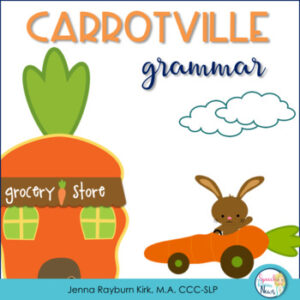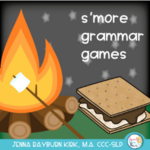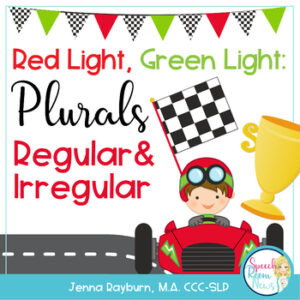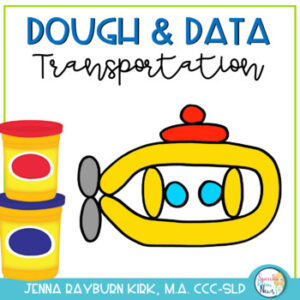
The Evidence:
Recasting is an evidence-based treatment for grammatical development for children. It has been found effective for children with Specific Language Impairment (SLI) and NSLI (borderline intellectual disability).
Recasting is repeating the child’s utterance into a more complete phonologically, grammatically and semantically appropriate word, phrase, or sentence. (Fey, Krulik, Loeb, & Proctor-Williams, 1999). A recast expands the child’s utterance by repeating but also adding to or correcting the child’s immature grammar, and/or speech production error.
There are a few restrictions on recasting to distinguish it from other strategies. The clinician’s recast must immediately follow the child’s utterance and it must maintain the essential meaning of the child’s utterance. (Child: Him need water. Adult: He needs water.) The critical component it that the same meaning is kept across the adult’s utterance. Recasts can be corrective, fixing an error in the child’s utterance, or noncorrective, where the information added or modified is optional. Recasts may be simple, in which a single clausal element is added or modified, or complex, in which more than one clausal element is added or modified.
In interventions employing focused recasts, the recasts expand or correct the child’s utterance in a way that provides the child with an example of one of her specific language goals. In interventions employing broad recasts, the recasts expand or correct the child’s utterance along any dimension; there are no specific preidentified goals that must be included in broad recasts. Finally, the child is not required or even prompted to imitate the adult with either focused or broad recasting. (Cleave, P.L, Becker, S.D., Curran, M.K., Van Horne, A.J.O., & Fey, M.E. 2015)
In Action!
How can you use recasting? With any grammar activity! That’s one of the best parts of the Recasting strategy. You’re just using your feedback and response to shape the student’s growth, so you can use it with any activity. As with most therapeutic skills, it’s the clinician’s actions, not the resource, that is evidence based. Some of my favorite grammatical activities include these resources from my shop:
Citations:
Cleave, P.L, Becker, S.D., Curran, M.K., Van Horne, A.J.O., & Fey, M.E. (2015) The Efficacy of Recasts in Language Intervention: A Systematic Review and Meta-Anlysis. Am J Speech Lang Pathol, 24(2), 237-255. doi: 10.1044/2015_AJSLP-14-0105. https://ajslp.pubs.asha.org/article.aspx?articleid=2110012
Fey, M. E., Krulik, T. E., Loeb, D. F., & Proctor-Williams, K. (1999). Sentence recast use by parents of children with typical language and children with specific language impairment. American Journal of Speech-Language Pathology, 8, 273–286. https://ajslp.pubs.asha.org/article.aspx?articleid=1774671
Join the SRN newsletter!

I'm so glad you stopped by! If you'd like to keep up with the newest posts and get exclusive free downloads, please sign up for the newsletter! Your first freebie is ready as soon as you subscribe and confirm your email!







Thank you for this article! I love it when I find resources like this. I print them out and use them to share with principals, parents, and any other people that may be doing a teacher evaluation and want more information on the strategies they are observing.
This is a great article! We are required to cite evidence-based interventions and it is often so hard to do that! Please write more articles like this!